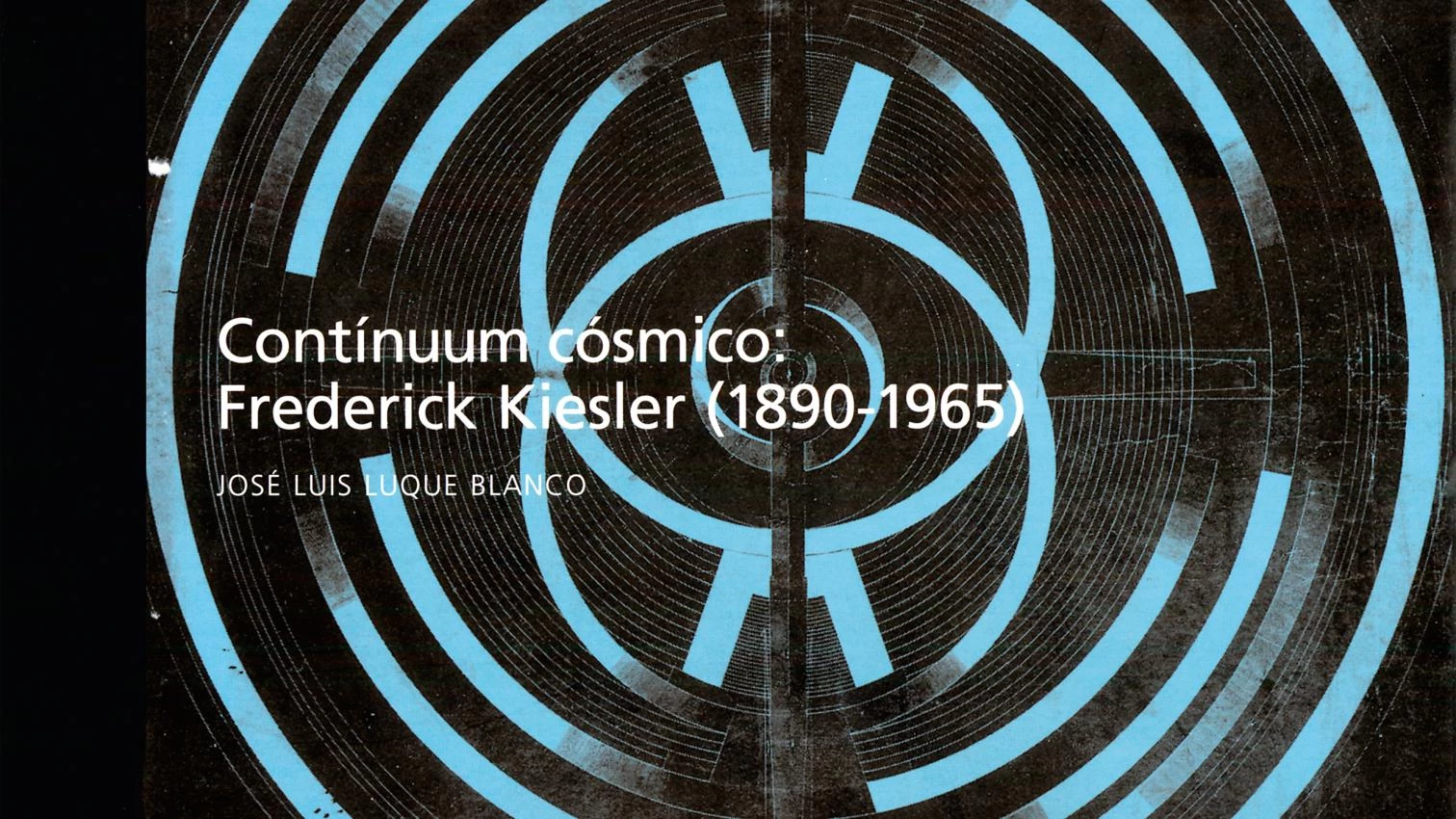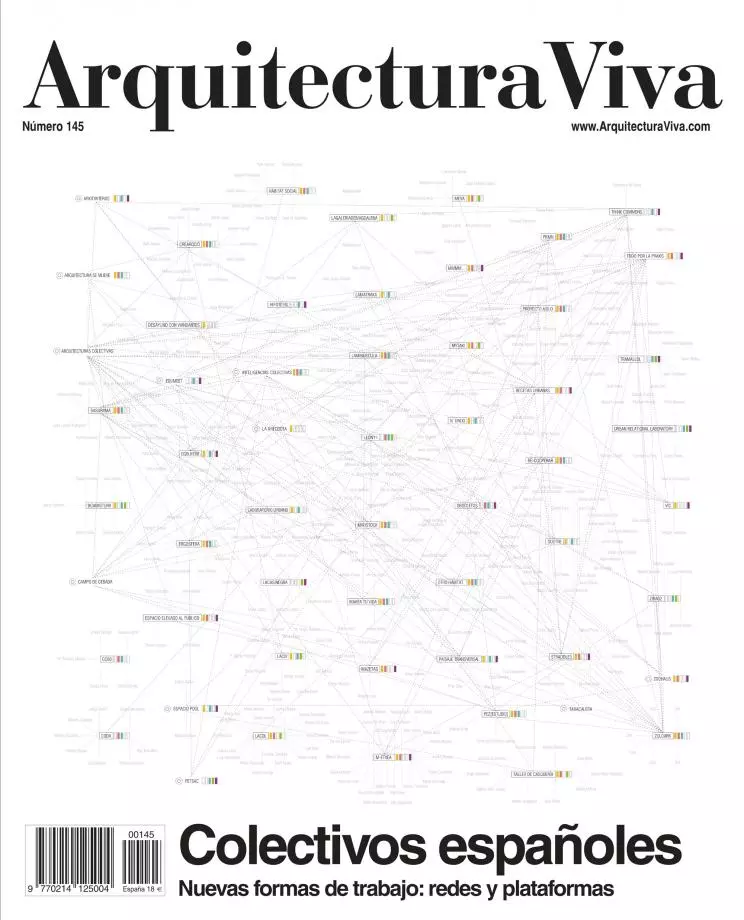
It is true: Frederick Kiesler was a minor figure in twentieth-century architecture. But, as José Luis Luque writes in this exemplary biography of the controversial character, it is precisely the minor figures that set the tone of the times. Born in 1890 in remote Bukovina, which was then part of the Austro-Hungarian Empire and today is Romania, Friedrich Jacob Kiesler was an assimilated Jew, son of the chief magistrate of Vienna, the city where he trained with Adolf Loos and spent most of a youth marked by diverse readings, which not in vain included Karl Kraus's Die letzten Tage der Menschheit ('The Last Days of Mankind') or Oswald Spengler's Der Untergang des Abendlandes. Umrisse einer Morphologie der Weltgeschichte ('Decline of the West'), twilight writings that Kiesler counterbalanced with other more luminous titles, such as Goethe's Metamorphosis of Plants, that text that, from Sullivan to Wright or from Steiner to Taut, had such an influence on architecture. The books of Kraus and Spengler, among others, convinced him of the need to renew culture, creating a 'whole world' from the fusion of life and art; Goethe's led him to believe that nature could inspire the forms of architecture.
These two themes -life and nature- were the guiding threads of Kiesler's work, beyond the dissimilar languages with which he constructed it, or the superficial image that historiography had so far transmitted to us: that of the dwarf outsider -he was 1.45 meters tall and dressed in children's clothing stores-, author of the exemplary neoplastic forms of the City in the Space (1925), but also of the uterine caverns of the Endless House (1950), that surrealist egg that was so incomprehensible to rigorous functionalists.
Thus, the main challenge of a biography of this multifaceted character (who, in addition to being an architect, was also a painter, sculptor, typographer and poet) is precisely to explain the coherence of his work. Luque achieves this, above all, through the exegesis of the artist's writings on curvilinear space or 'continuous tension', and with the detailed analysis of his European and New York projects, especially the scenographies and theaters, true Gesamtkunstwerke where Kiesler investigated the relationship of the body with space, betting on stripping art of its object condition to dilute it in happenings and atmospheres, an ambition that, in a certain sense, was already being fulfilled when Kiesler died in 1965, surrounded by his countless artist friends.







